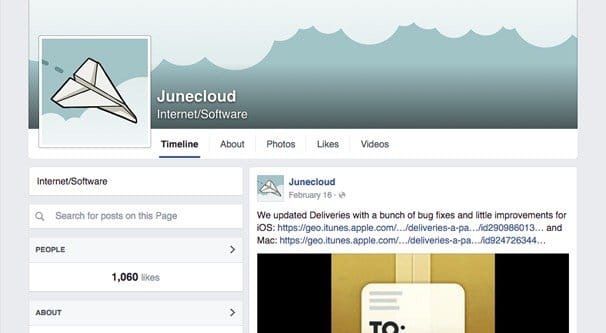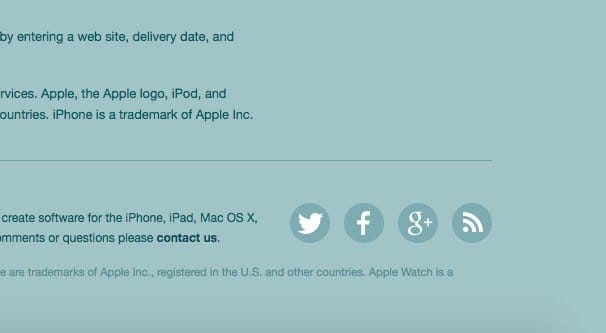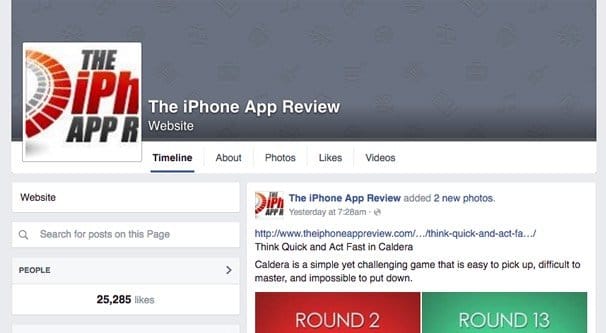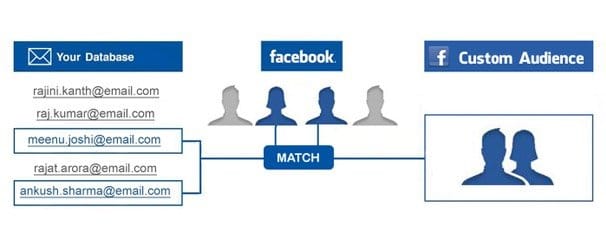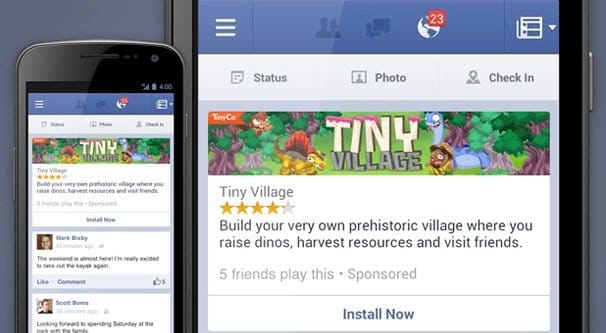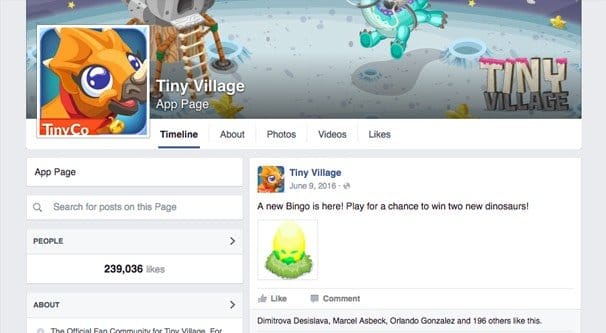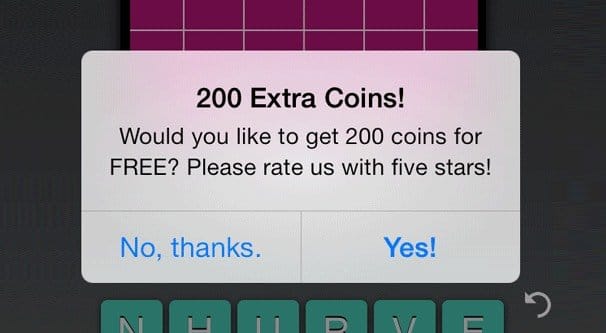 Written by ContentPowered.com
Written by ContentPowered.com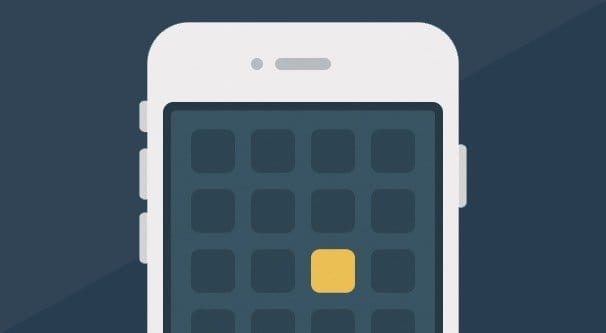
With over 1.5 million apps in both the iTunes and the Google app stores, not to mention all of those available on third party app markets like Amazon, it’s more difficult than ever to get an app noticed. Every day that passes is another step towards saturation. Even if your individual app has no competition, how are you going to be found?
App marketing is a necessity, and the core of pretty much any good marketing strategy is going to be Facebook. On the plus side, a lot of app developers don’t think of the two as related, so they don’t take advantage of Facebook as much as they could. This is where you can find a strong advantage. Facebook has over a billion users; even a fraction of those can catapult your app to the front page of any app store in the world.
You just have to know how to use Facebook for marketing which, honestly, isn’t all that easy. Thankfully, I’ve put together a handful of strategies you can use to market your app without alienating users, misusing the platform, or otherwise jeopardizing your success.
1. Create a Business Page
The first thing I recommend that you do is create a business Facebook page. This page will be generic and centers around your business as a whole. If you have several apps you make, it will post news and tidbits about all of them. It will discuss the app atmosphere, app stores, and your experiences in app marketing. It’s also a place where people can come to talk about generic issues, though I prefer to send customer service requests to another service.
This page should be branded with your company information. It should link to your homepage, even if that homepage is currently just the page for a single app. It should give information about who you are as a company, where you’re located, and whatever else seems relevant at the time.
2. Create an App Page
The second thing I recommend doing is creating a second Facebook page, this time specifically for your app. This will be heavily branded with app imagery. For example, your profile picture can be a high-res version of the icon you use for your app. The cover photo can be interesting artwork. Fill this with all the information a user could want about your app, including links to download it in each location where it can be found.
Unfortunately, as a “product” category page, you won’t be able to aggregate reviews on Facebook directly. You can solicit reviews, and you can quote them as posts on your wall, but that’s just a thin workaround. The primary focus of your page will be keeping people up to date on the app itself. If there’s a bug, post about it and when the patch will be to fix it. If there’s a content update, post about it, teasing bits of it a few days in advance.
3. Link Other Marketing Channels
In both pages, you’re going to want to link your other marketing channels, including each page to each other. In the case of your main business page, a link to your primary website, to your primary Twitter, your customer service Twitter, and other such locations are in order.
For your individual app pages, you’ll want to link to any page that seems useful. If you have a specific subpage or microsite for the app on your main page, like www.example.com/appname, that’s what you’ll want to use. You should still likely refer all of your customer service through one portal, unless you have enough apps and enough traffic to warrant individual support services for each app.
4. Submit to App Reviewers on Facebook
There are a lot of different websites and brands out there that review apps on a regular basis. As part of your general marketing, you should be submitting your app to any that seem like they might review your app. You won’t submit a non-game app to a game reviewer, for example, but a general app reviewer will be happy to review a submission.
The trick here is to submit to them on Facebook, through Facebook. Send them a message from your page, if possible, telling them about your new app and asking to be considered for a review.
Before you do this, however, I highly recommend you visit their website. Make sure they don’t have a dedicated submission process. Sending them an unsolicited Facebook message when they have a form on their website they prefer to use just makes them more likely to ignore you or demerit you for not following instructions.
5. Run Broad Spectrum Ads for Awareness
Now we’re getting into different kinds of ads you can run. You can run ads from any Facebook page, but I recommend centering them all around your core brand page. This helps you keep all of them organized and in one place. If you’re marketing more than one app, all you need to do is identify the campaigns by the app name as well as the campaign name. App 1 Spring Campaign versus App 2 Spring Campaign, for example.
The first kind of ad I recommend is the ultra-cheap PPM model. Just pay for views. They should be exceptionally cheap, which allows you to get a ton of views, and allows you to harvest data about who clicks through, showing you the most interested users out of the groups you target. Test different broad audiences to find specific demographics interested in your app.
6. Run Ads Targeting Users of Previous Apps
The second type of ad I recommend is the custom audience made up of people who have used your app before.
You can advertise to people who use one app to get them to try another, or you can market to people using one app to get them to buy in-app purchases for that app. You can even keep the custom audience around as retargeting, to market to people who used the app for a while but who haven’t used it recently. You can read all about using app-based custom audiences here.
7. Run Ads Targeting Users of Competitor Apps
The third type of ad is a competitor targeting ad. The idea here is to generate a list of people who use a competitor’s app and market directly to them. You can even scope out reviews of the competitor’s app, figure out what people don’t like about it, fix that issue in your app, and promote it as a solution to their problems.
The easiest way to do this is to run ads that target people who like the fan page of the app your competitors run. Of course, this only works if they have a Facebook page and keep it up to date, so investigate before you run the ads.
8. Run Ads for New App Installs
The final type of ad I recommend running is the generic “pay for installs” CPA campaign. Facebook has a very robust ads system and it allows you to run ads that, essentially, get you free views. You only pay when you get an action, in this case an install, from the ad. Of course, the individual actions are pretty expensive compared to view ads.
New app installs is the single best type of ad to run, all things considered, when you’re marketing a mobile app. It’s also the most complex, because you’ll need to put all you’ve learned about your target audience into it.
9. Make Sure Ads Target Mobile Users Exclusively
Perhaps I should have mentioned this up front, but then, I doubt any of you are working your way through point by point without reading ahead. One limitation you should put on your ads is generally to make them visible to your target devices only. If your app only works on iPhone, don’t market to desktop and Android users.
This is actually fairly common. Android runs on a thousand different devices and is correspondingly harder to develop for. Apple iOS apps only have to worry about one relatively standard environment, or a small handful if you’re making it support the last few generations.
10. Post Content Frequently
Back to the Facebook side of things, you need to be keeping up activity on both your brand page and your app pages. Facebook thrives on content, particularly graphical content and media. The more of it you can provide on a regular basis, the better off you are, within reason.
You should ideally be posting about once a day, although once every other day or so is perfectly viable. It’s a lot of content to rack up if you have a couple of individual apps with their own pages, so it’s understandable if you need to curate some content from industry or app-generalist sources.
11. Solicit Reviews on Facebook and Elsewhere
On Facebook, you should occasionally post asking if people have reviewed your app yet. Give them a link to the app store review section, or to a review section on your website. Some will probably try to review right there in the comments, and that’s fine; reply asking if they would like to add their comment to an app store review as well.
Reviews are great, particularly reviews in the 2-3 star range, which seems counter-intuitive. I’m not saying rack up an average 2.5 rating, though. I’m just saying that reviews in the 2-3 star range tend to have valid comments and criticisms you can use to improve your app. 1-star reviews tend to just call the app bad and offer nothing of value, and 4-5 star reviews rarely offer criticism you can use.
12. Integrate Facebook Sharing into the App
One of the most annoying things to encounter when using an app is the interruption asking to share some trivial achievement on Facebook. I don’t like the interruptions, personally, but they must work because so many apps use them. I recommend testing out different methods, though. If a post-event pop-up gets you more positive reviews and shares than an ever-present passive button, go for the pop-up, as much as I don’t like it. Do what’s best for your business and your app, not for me.
13. Reward Users for Sharing and Inviting Others
If you have some way to reward your users for sharing or reviewing your app, it’s a good idea to do so. Generally these rewards can be earned by tapping the button and backing out, but sometimes there’s verification, and even if there isn’t, many people will still leave a review since they’re already there.
What can you reward users with? It depends on your app. Games often have a paid currency or a hard to earn achievement point system they can reward users with. Non-game apps might have functionality credits or usage tokens of some sort, or just a gamification badge. It’s up to you and your app design.
14. Be Active and Respond to User Messages
Whenever a user leaves a message on one of your Facebook pages – or your Twitter page, or any other page you control – it’s a good idea to try to reach out to contact them. Figure out what their issues are and how to solve them as well as possible. One of the primary benefits of using Facebook for app marketing – and all other forms of marketing for that matter – is the availability of easy customer service. It greatly helps user retention and recommendations, which help you get more users.
15. Make Improvements in Response to User Feedback
I don’t really need to tell you this, but app development isn’t a once-and-done process. You don’t develop an app and throw it out there to live and die as it is. You update it, you add features, you fix bugs, and you push new content. A simple one-time one-use app just won’t survive, particularly since most of those niches are already dominated. Pushing content and features gives you two benefits; it keeps users around and brings back old users, and it gives you something to post about on your pages. Free content!
